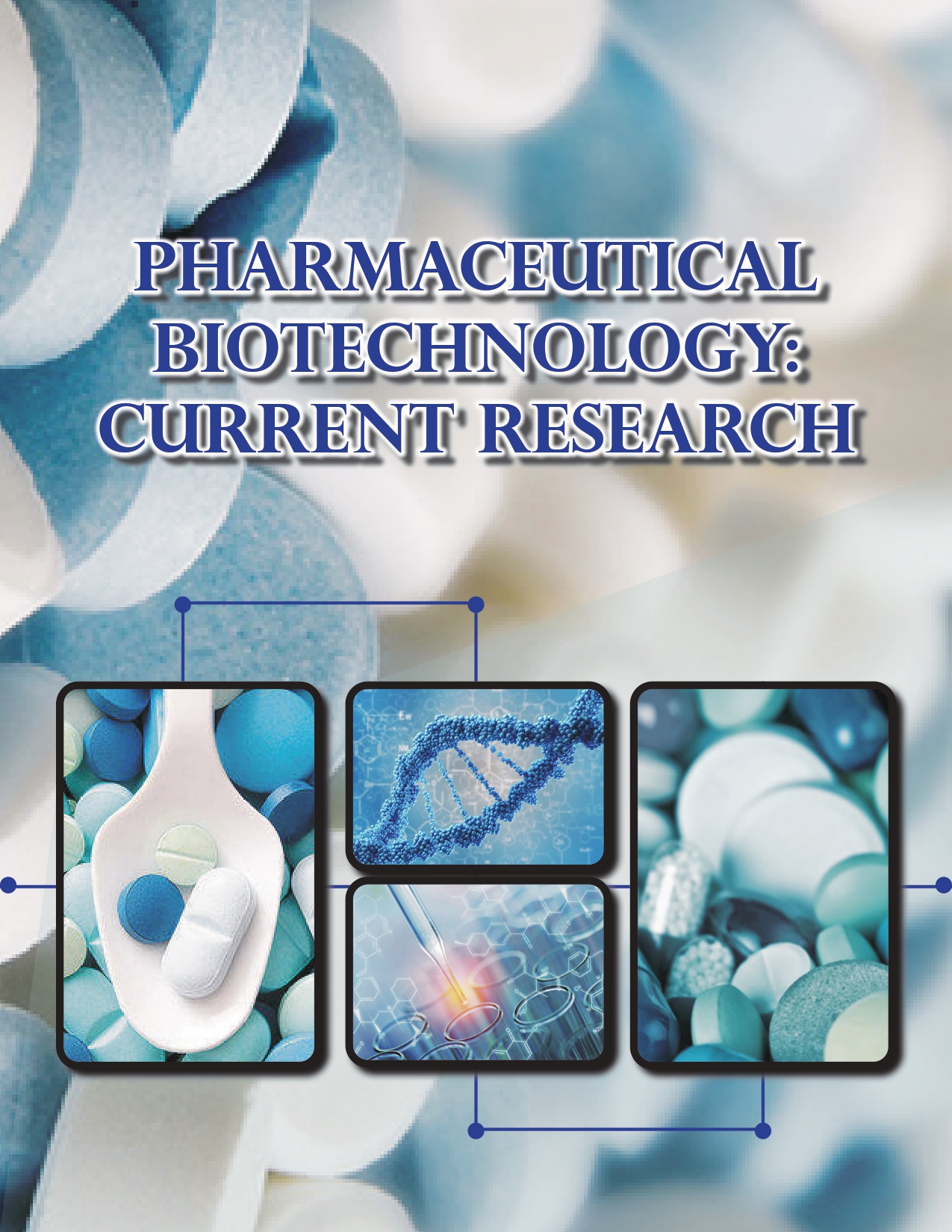Bioinformatics for Proteomics
Harald Barsnes*
Department of Biochemistry, Ghent University, Ghent, Belgium
- *Corresponding Author:
- Harald Barsnes
Department of Biochemistry,
Ghent University,
Ghent,
Belgium,
E-mail: Harald Barsnes@edu.cn
Received Date: October 04, 2021; Accepted Date: October 18, 2021;Published Date: October 25, 2021
Citation: Barsnes H (2021) Bioinformatics for Proteomics. J Pharm Prac Edu Vol.5 No.6: 20.
Description
Much proteomics information is gathered with the assist of excessive throughput technology which includes mass spectrometry and microarray. It might frequently take weeks or months to investigate the information and carry out comparisons through hand. For this reason, biologists and chemists are taking part with pc scientists and mathematicians to create applications and pipeline to computationally examine the protein information. Using bioinformatics techniques, researchers are able to quicker evaluation and information storage. A appropriate location to discover lists of cutting-edge applications and databases is at the ExPASy bioinformatics useful resource portal. The packages of bioinformatics-primarily based totally proteomics consist of medicine, ailment diagnosis, biomarker identification, and many more.
Mass spectrometry and microarray produce peptide fragmentation facts however do now no longer supply identity of unique proteins gift with inside the authentic pattern. Due to the shortage of unique protein identity, beyond researchers have been compelled to decipher the peptide fragments themselves. However, there are presently packages to be had for protein identity. These packages take the peptide sequences output from mass spectrometry and microarray and go back facts approximately matching or comparable proteins. This is achieved thru algorithms carried out with the aid of using this system which carry out alignments with proteins from acknowledged databases consisting of UniProt and PROSITE to expect what proteins are with inside the pattern with a diploma of certainty.
The bimolecular shape bureaucracy the 3-d configuration of the protein. Understanding the protein's shape aids with inside the identity of the protein's interactions and function. It was that the 3-d shape of proteins may want to most effective be decided the use of X-ray crystallography and NMR spectroscopy. As of 2017, Cryo-electron microscopy is a main technique, fixing problems with crystallization (in X-ray crystallography) and conformational ambiguity (in NMR); decision became 2.2Å as of 2015. Now, via bioinformatics, there are pc packages that may in a few instances are expecting and version the shape of proteins. These packages use the chemical residences of amino acids and structural residences of recognized proteins to are expecting the 3-d version of pattern proteins. This additionally lets in scientists to version protein interactions on a bigger scale. In addition, biomedical engineers are growing strategies to component with inside the flexibility of protein systems to make comparisons and predictions.
Most applications to be had for protein evaluation aren't written for proteins which have passed through posttranslational adjustments. Some applications will take delivery of post-translational adjustments to resource in protein identity however then forget about the amendment all through similarly protein evaluation. It is vital to account for those adjustments considering they could have an effect on the protein's shape. In turn, computational evaluation of post-translational adjustments has won the eye of the clinical community. The present day post-translational amendment applications are most effective predictive. Chemists, biologists and laptop scientists are running collectively to create and introduce new pipelines that permit for evaluation of post-translational adjustments which have been experimentally diagnosed for his or her impact at the protein's shape and function.
One instance of the usage of bioinformatics and the usage of computational techniques is the look at of protein biomarkers. Computational predictive fashions have proven that substantial and various feto-maternal protein trafficking happens at some point of being pregnant and may be without difficulty detected non-invasively in maternal complete blood. This computational method circumvented a prime limitation, the abundance of maternal proteins interfering with the detection of fetal proteins, to fetal proteomic evaluation of maternal blood. Computational fashions can use fetal gene transcripts formerly recognized in maternal complete blood to create a complete proteomic community of the time period neonate. Such paintings indicate that the fetal proteins detected in pregnant woman's blood originate from a various institution of tissues and organs from the growing fetus. The proteomic networks incorporate many biomarkers which are proxies for improvement and illustrate the capability scientific utility of this era as a manner to screen ordinary and strange fetal improvement.
A records-theoretic framework has additionally been brought for biomarker discovery, integrating bio fluid and tissue records. This new method takes benefit of practical synergy among sure bio fluids and tissues with the ability for clinically good sized findings now no longer viable if tissues and bio fluids had been taken into consideration individually. By conceptualizing tissuebiofluid as records channels, good sized biofluid proxies may be recognized after which used for the guided improvement of medical diagnostics. Candidate biomarkers are then expected primarily based totally on records switch standards throughout the tissue-biofluid channels. Significant biofluid-tissue relationships may be used to prioritize medical validation of biomarkers.
Open Access Journals
- Aquaculture & Veterinary Science
- Chemistry & Chemical Sciences
- Clinical Sciences
- Engineering
- General Science
- Genetics & Molecular Biology
- Health Care & Nursing
- Immunology & Microbiology
- Materials Science
- Mathematics & Physics
- Medical Sciences
- Neurology & Psychiatry
- Oncology & Cancer Science
- Pharmaceutical Sciences
